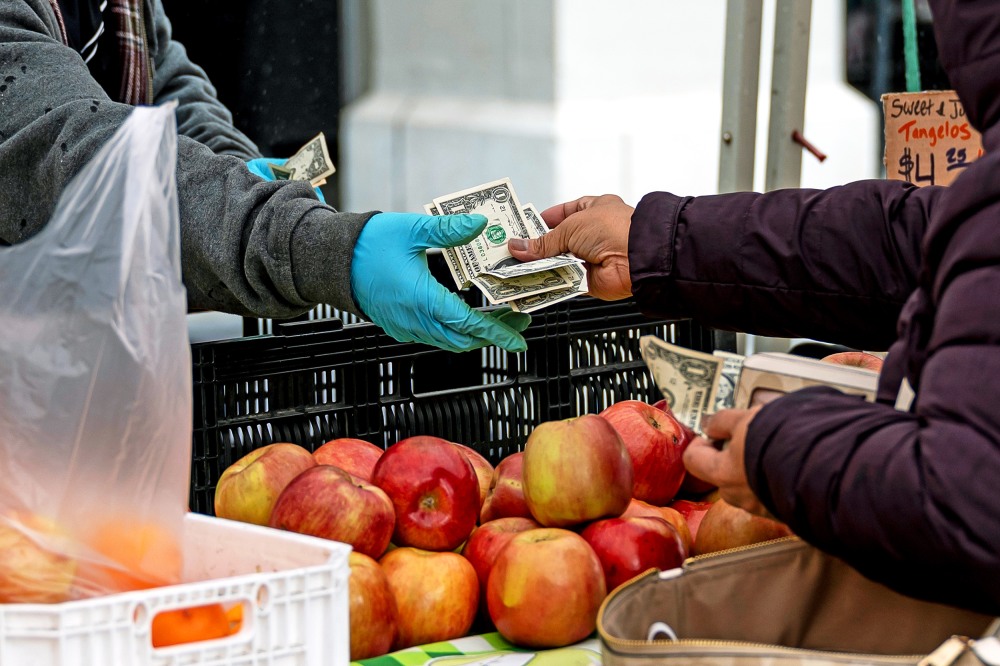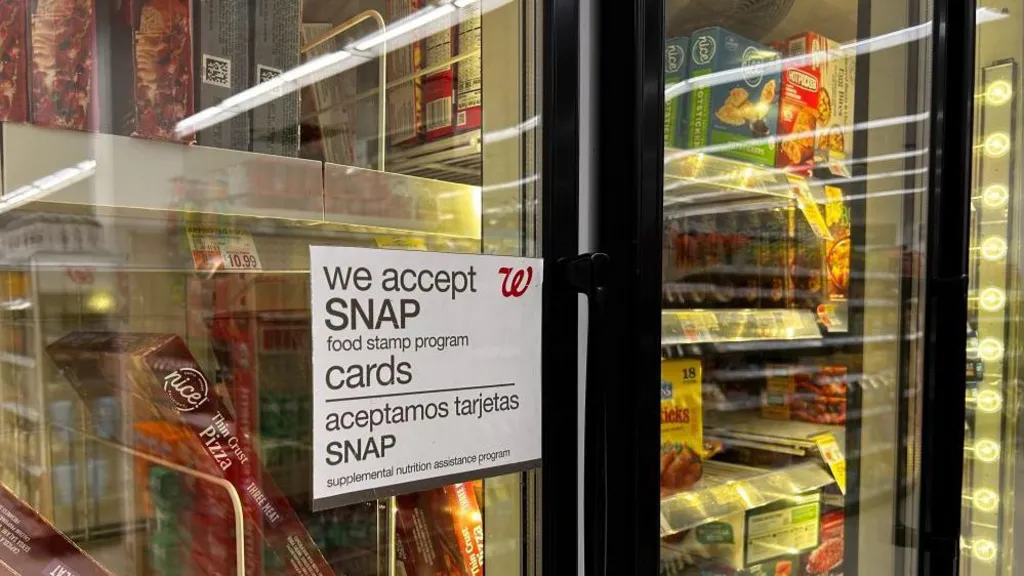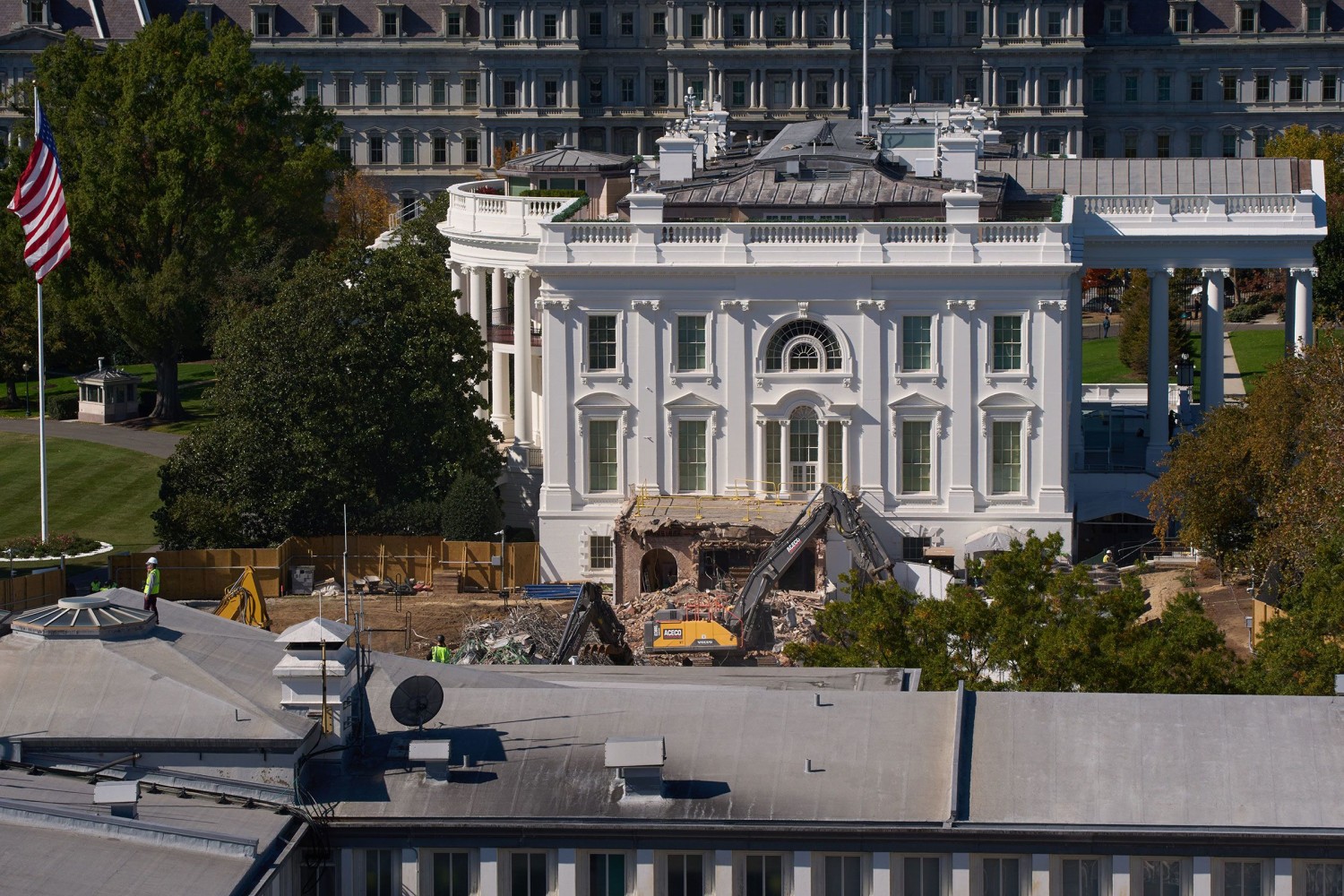
This article is more than
5 year oldCoronavirus: Pandemic sends US jobless rate to 14.7%
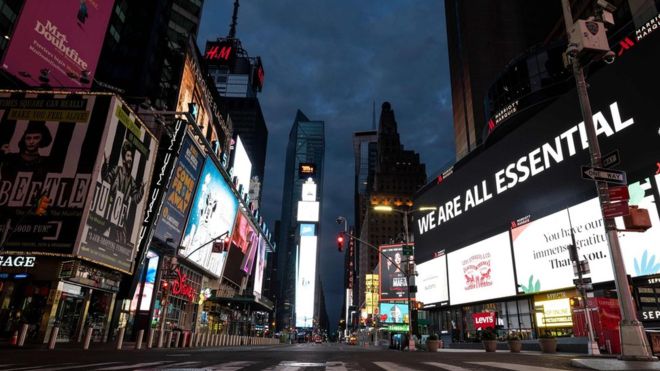
The U.S. economy lost 20.5 million jobs in April and the unemployment rate soared to 14.7% -- both record highs -- laying bare the starkest picture yet of the crippling gut punch delivered by the coronavirus pandemic.
In just a month, the historically dismal performance abruptly wipes nearly all the nation’s job gains since the Great Recession of 2007-09.
Economists surveyed by Bloomberg forecast 22 million job losses and a 16% unemployment rate.
The reversal has been head-spinning: The jobless rate had touched a 50-year low of 3.5% in February before rising to 4.4% the following month amid the early effects of the crisis.
The share of Americans working or looking for jobs -- which together make up the labor force -- tumbled from 62.7% to 60.2%, lowest since 1973, the Labor Department said. Many people who lost jobs didn’t look for work because of fears of catching the virus while job hunting, caring for sick relatives or watching kids who were home now that schools are closed. Also, with much of the economy shuttered, there were few jobs available.
The decline kept the unemployment rate from rising even further.
Also, many workers incorrectly said they were employed but absent from work, Labor said. If they had been properly classified, the unemployment rate would have shot up to 20%.
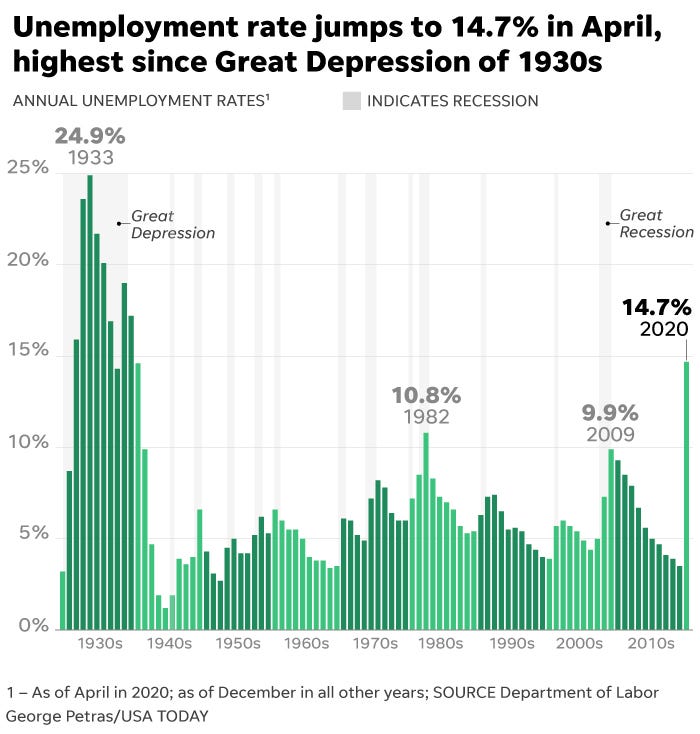 |
A hopeful sign: Of the 20.6 million workers who lost jobs in April, 18 million said they were on temporary layoff, indicating the lion’s share of the positions could come back when businesses reopen and helping the economy snap back more quickly.
"The fact that so many of the job losses are temporary is encouraging, and suggests businesses will have an easier time re-opening once they are confident doing so," says economist Leslie Preston of TD Economics. "However, the millions of workers who have left the labor force will need to be drawn back in, and this process could take time."
Economist Ian Shepherdson of Pantheon macroeconomics expects another 10 million or so job losses in May before the labor market begins to rebound in the second half of the year.
More:4 reasons why you shouldn't freak out about 20.5M job losses
Job losses were broad-based across industries but particularly hammered restaurants and bars, and retail.
April’s outsize numbers reflect the nation’s emergency response to its worst health crisis in a century.
